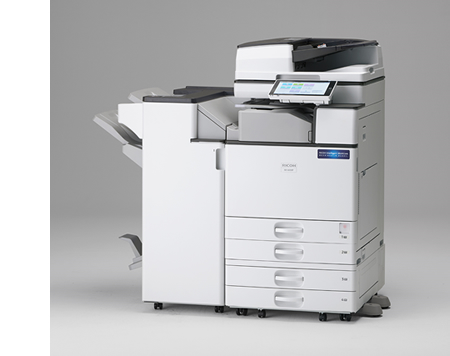Ricoh to Renew its Electrical Design Environment using Zuken’s PDM

Seeking an ever-evolving design environment for DS-CR non-custom implementation.
Zuken Inc. (Yokohama, Kanagawa Prefecture; President and COO Jinya Katsube; hereinafter referred to as “Zuken”) announced today that The Ricoh Company, Ltd. (1-3-6 Nakamagome, Ota-ward, Tokyo; CEO: Yoshinori Yamashita; hereinafter referred to as “Ricoh”) has adopted Zuken’s product data management system (PDM), DS-CR to improve design quality and efficiency in the upstream integration in electrical design.
In the past, except for CAD for electrical design, Ricoh had developed most systems internally, but challenges in cost and man-hours required for the maintenance and management of these systems were experienced. In addition, since updating the electrical design system would significantly impact the system, such was not feasible. Furthermore, the master controls used for electrical design were located and managed in different systems. As a result, streamlining of the design process was difficult and increased the complexity of the design flow.
Consequently, Ricoh decided to adopt Zuken’s DS-CR, a PDM dedicated to electrical design, to entirely reform the electrical design environment and use this opportunity to carry out a company-wide renewal of PLM, the core system for development work.
When introducing the system, a project where a basic policy of non-custom implementation that promotes the newest functions and design trends based on the idea that tools will evolve over time and design methods will change as well is promoted.
With this new design environment, DS-CR can consolidate management of CAD data attribute information, circuit modules, and other requirements specific to electrical design which are difficult to manage on the PLM side of the core system. This ultimately leads to improvement in quality in upstream integration. Furthermore, the policy of non-custom implementation promotes standardization of business processes, resulting in the seamless implementation of the system. Further, effective use of design information across departments and improved operational efficiency is achieved by reviewing functions and roles of the PLM systems from the viewpoint of overall optimization and consolidating common functions such as workflow and master on PLM side.
Primary HW Technology Development Expert, Mr. Endo from Ricoh’s Ricoh Digital Products BU OC Business Division, OC Business Center gave the following comment on the implementation of DS-CR.
“If we continue using our own customized system, we will miss the trends of the changing era. We introduced a system with the sole intention of evolving over time. Consequently, we revised the workflow to match the standard features of the package on a non-custom basis to ensure maximum efficacy of the system. “
Ricoh continues to move forward with the aim of greater design innovation by further utilizing DS-CR and the newly introduced Design Force PCB design CAD system in order to realize a collaborated design environment with mechanical design using 3D data.